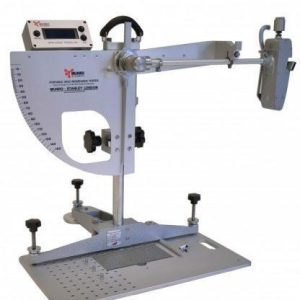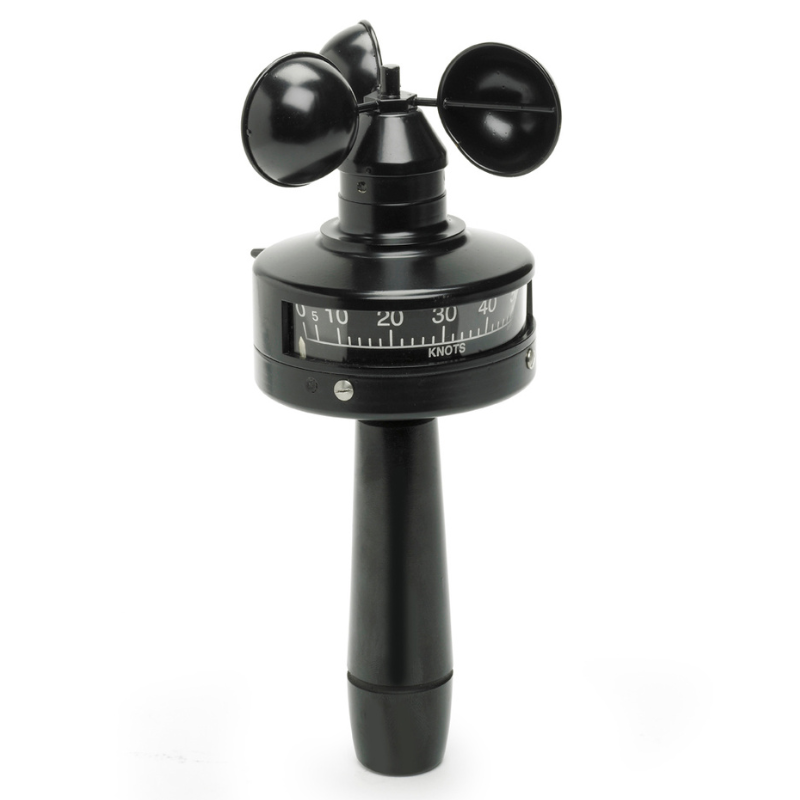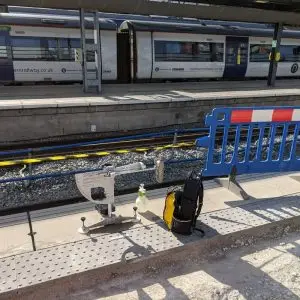There is a common misconception that implementing health and safety processes costs a lot of money, a reason why some businesses might be tempted to cut corners or avoid them altogether. In fact, some of the most effective health and safety measures cost very little, and some cost nothing at all.
When it comes to minimising slips and trips, you don?t necessarily need to spend thousands on top of the range anti-slip flooring or treatments; there are several things you can do first which are quick, easy and cheap to implement. Here are our top five:
5 cost effective ways to reduce slips and trips
- Conduct a risk assessment
The thought of conducting a risk assessment might be daunting, but it needn?t be complicated or time consuming and doesn?t need to involve lots of paperwork. Conducting a risk assessment is simply the process of identifying any potential hazards in your workplace which could contribute towards a slip or trip and putting measures in place to reduce them. For example, assessing the conditions of your floors and looking out for hazards such as trailing cables from workstations, blocked walkways and dripping taps. The process can be formalised by recording the findings/solutions.
- Regular effective cleaning
Contamination is one of the most common contributory causes of slips and can be controlled with a regular, effective cleaning routine. High traffic areas, such as entrances, might need to be cleaned several times a day, particularly during bad weather, but take care to ensure the cleaning itself doesn’t pose a hazard. Take a look at our cleaning for slip resistance bullet point guide for more information on how you can adjust your cleaning routine to improve slip resistance.
- Educate employees
Often it is the actions of employees which create slip and trip hazards so educating them in the likely outcomes of their actions, accidents, injury, legal action, damage to the company, disciplinary action, etc, will ensure they recognise the easy risk reduction ‘fixes’. Instilling a ?see it, sort it? attitude from day one will help develop a positive health and safety culture in your workplace which can benefit other areas of risk too.
- Involve employees
Your employees are on the ground in the daily running of your business and are therefore a vital resource for highlighting slip and trip hazards that you might have overlooked. Why not set up a health and safety committee and run regular focus groups to give employees a say. Learn more about the benefits of getting employees involved in health and safety
- Review environmental factors
Is your lighting (or lack of it) hiding slip and trip hazards such as spillages or uneven flooring? Rather than investing in new light bulbs, or specialist anti-glare bulbs, you might find simply adjusting the rotation of your light bulbs is an effective way to reduce glares and improve visibility. Is water condensing on overhead utility pipes and dripping on the floor? The floor might not need replacing/improving, insulating the pipe work will likely prevent the floor getting wet in the first place.
The above tips are just some of the cost effective measures you can put in place to reduce slips and trips. The common misconception that health and safety is expensive is false and corners should never be cut when it comes to health and safety and the wellbeing of employees or members of the public. Cutting corners with safety is typically a poor moral and financial decision. For information on how pendulum slip testing could help reduce slips and trips, get in touch with us today.







